While it’s easy to love the idea of overlanding through a pristine landscape, off-roading is tough. And having the right overlanding, off-road, and car camping gear is vital. So we’ve got a few Overlanding Essentials articles to help you tackle the terrain.
Not sure what overlanding is? Read this.
Let’s Talk About Off-Road Lights & Campsite Illumination
Auxiliary off-road lighting is common on off-road rigs. That’s because (spoiler alert) driving on a trail is very, very different than driving on the street, and those differences are amplified when driving at night.
Rocks, ruts, water, animals—even at low speeds, off-roading is fraught with hazards. If your overlanding excursion is taking you deep into the wilderness, proper off-road lighting is critical.
So let’s explore some topics related to off-road lighting before you select auxiliary lights for your overlander.
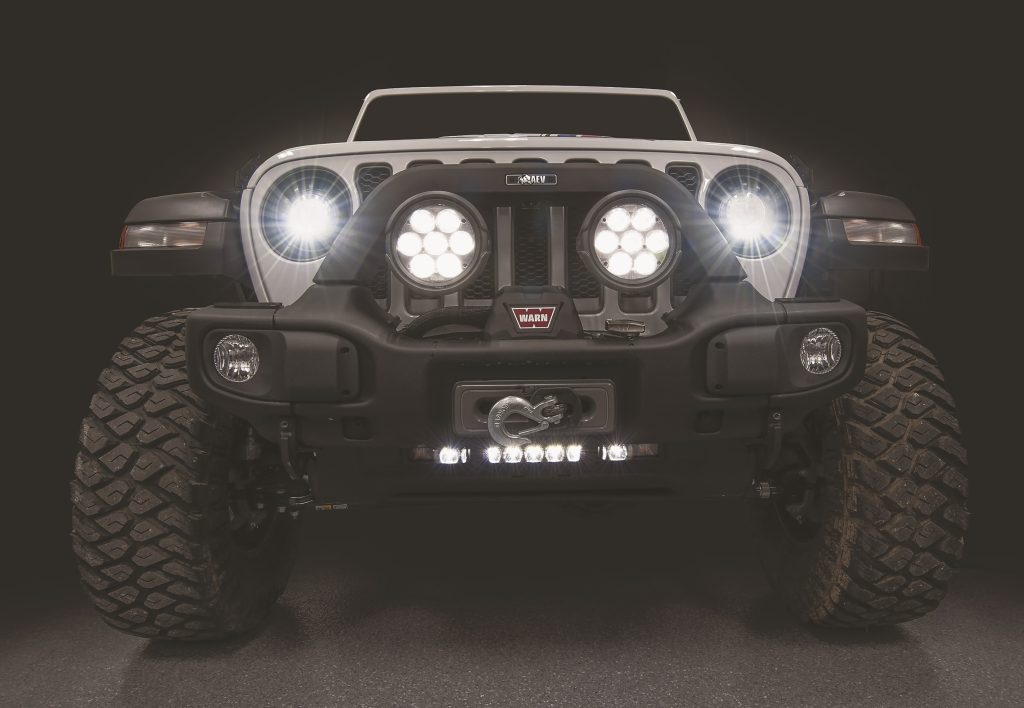
***
Choosing the Right-Off Road Lights for Your Overlanding Rig
When choosing off-road lights for your vehicle, the first question you should ask is how much off-roading you’ll actually be doing. If you’re only venturing on well-traveled trails during daylight, then you may simply need a competent set of headlights and foglights.
Tip: Any time you venture off-road, pack spare headlight bulbs. Impacts, vibration, shocks, and jolts are common while trail riding, and they can wreak havoc on your light bulbs.
Secondly, how much modification are you prepared to do? Though it’s impossible to prescribe a universal off-road light setup for every vehicle application, understand that any aftermarket light installation requires a degree of modification.
While some trucks and SUVs will accept a lot of light options in stock trim, other vehicles may require that you so some significant cutting and drilling. You may even find yourself adding some sort of bumper or sport bar with light mounting tabs.
If you’re not comfortable using a cutting tool or pulling wire, then you may want to keep it simple.
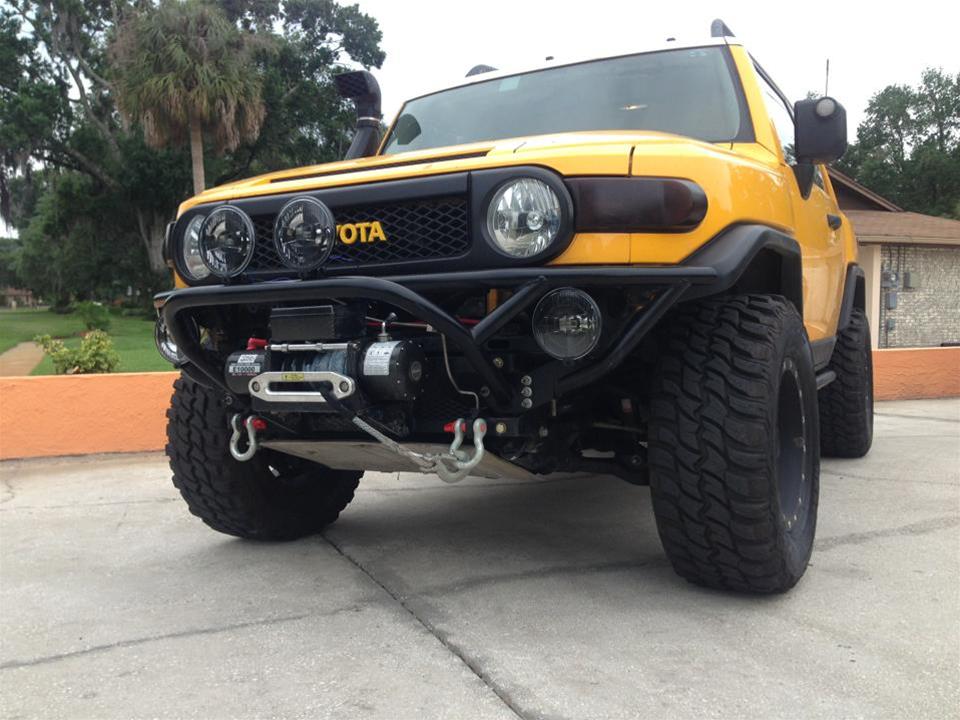
***
Understanding Off-Road Light Beam Patterns
When you start shopping for auxiliary lights, you’ll notice a pattern. Literally. Aftermarket vehicle lights are often described by the pattern of light they put out. Here are a few of the more common terms you’ll see.
- Floodlight. The illuminated area is wide (vertically and horizontally) and close—which is really helpful for trail driving.
- Spotlight. The light beam is narrow, yet can travel longer distances, making spotlights handy for focusing on far-off objects.
- Foglight. These lights are typically aimed lower and provide a wide scatter on the ground, but won’t have much vertical reach.
- Driving Light. Not to be confused with headlights, driving lights are typically designed to increase the scope/range of your OE illumination.
The lighting experts at KC HiLiTES have a nice, succinct post on the topic of beam patterns, complete with images. Check it out here.
But other auxiliary lighting options are available too. Since light can be a scarce resource, you may want to install upgraded backup (reverse) lights or a moveable work light that’s powered by your vehicle’s battery.
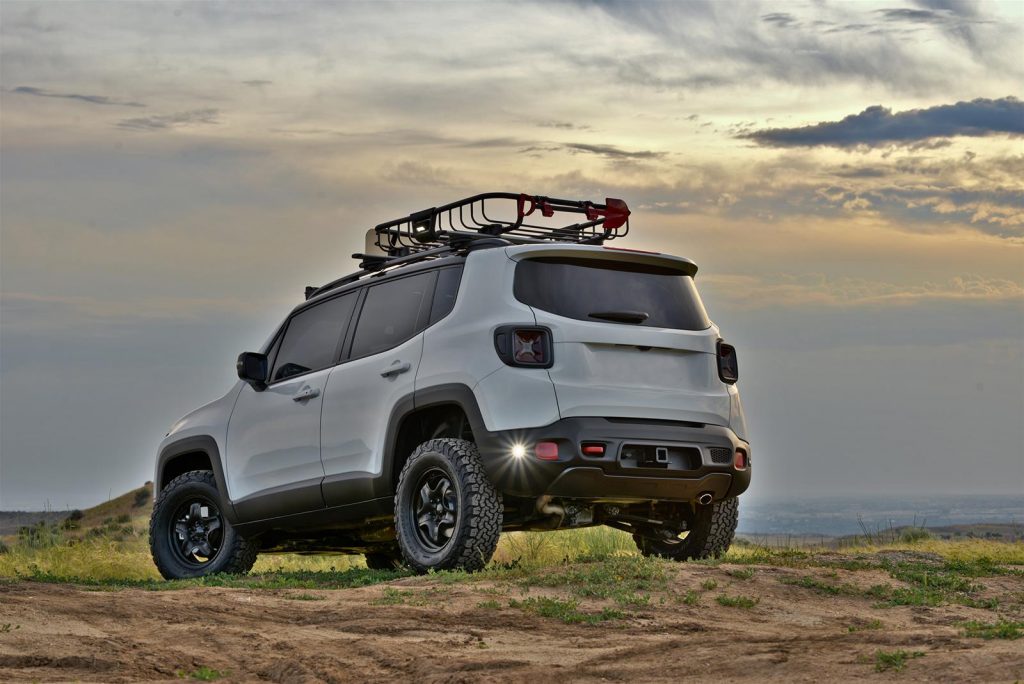
***
Efficiency Counts: The Benefits of LED Off-Road Lighting
It’s worth mentioning that any supplemental electric-powered accessory can put a strain on your vehicle’s electrical system—and that’s especially true when talking about off-road lights.
That’s why light-emitting diode (LED) technology has become so widespread in the automotive lighting industry. It offers a quartet of very important benefits for off-road applications.
- LEDs draw less electrical current, measured in amps, than an equivalent incandescent or halogen lamp. That can mean increased battery life and less risk of overloading your vehicle’s wiring harness.
- LEDs don’t generate as much heat. Heat is wasted energy, and it’s also a danger—a hot off-road lamp can singe paracord, melt holes in tents, and leave a nasty surface burn.
- LED lamps tend to be more durable. Since LEDs don’t have a traditional filament like an incandescent bulb, they can be more resistant to jolts and vibration.
- LED housings can be more compact. While big honkin’ off-road lights have a rad retro look, conserving space is the name of the game for overlanding.
***
Is It Legal to Use My Off-Road Lights or a Light Bar on the Street?
The short answer is probably not. While in certain states it may be OK to run them in specific scenarios, using off-road lights or a light bar on the street is typically illegal. In fact, several states require you to keep your off-road lights covered while driving on the road. (Which is smart anyway, because it protects the lights from high-speed rock damage.)
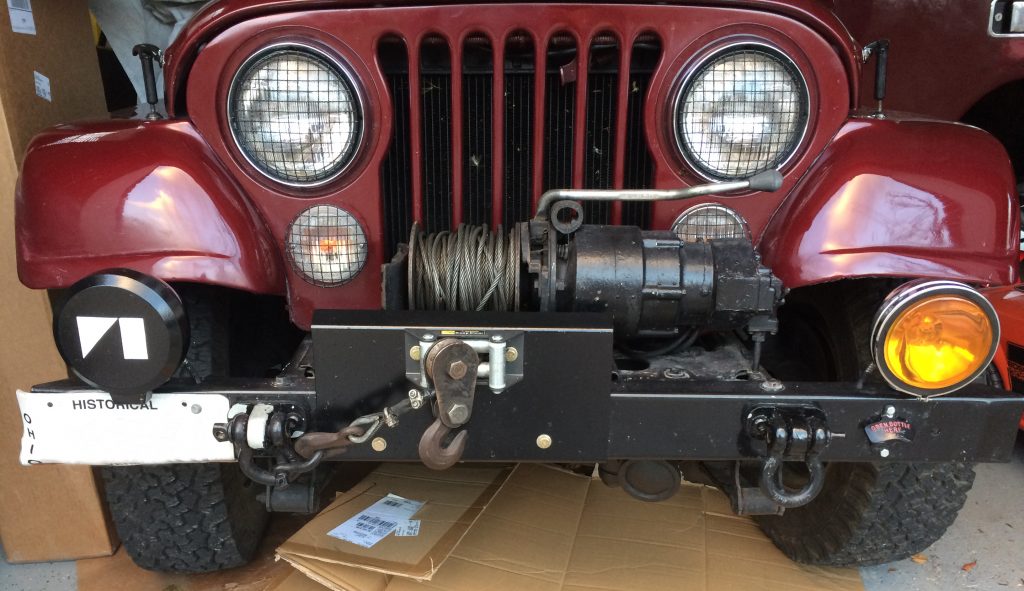
Why? The Department of Transportation has strict guidelines for OEM headlights and foglights to ensure a vehicle’s light scatter does not significantly impair other drivers. Many off-road lights are designed for wide, flood-style light dispersion patterns, which could be distracting to other motorists.
Using off-road lights on the street is not just inconsiderate, it’s downright dangerous. After all, it could blind drivers coming towards the vehicle in opposing traffic lanes—and that’s no good for anybody.
***
Overlanding Essentials: Campsite Lighting
Not all overlanding illumination happens on the trail either. You’ll want to bring along a complement of handheld and portable lights for your campsite as well.
But don’t just picture handheld flashlights here—think about all the ambient light you’ll need around a campsite and when you’re rummaging around inside a tent.
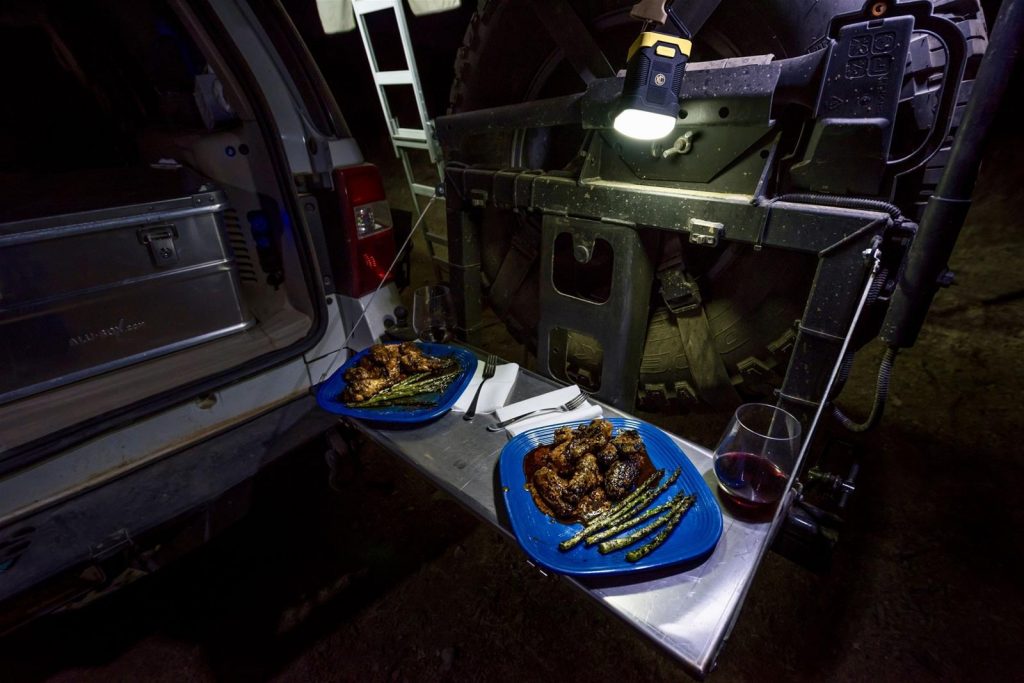
More importantly, many overlanders and off-roaders spend their evenings doing vehicle repairs after a day on the trail. While that’s a smart way to beat sweltering heat, working at night does mean you’ll need ample light.
And even during the mid-day sun, you could be reaching deep into an engine bay or behind your wheel well, where light is at a premium. So you should also bring along a battery-powered work light or two.
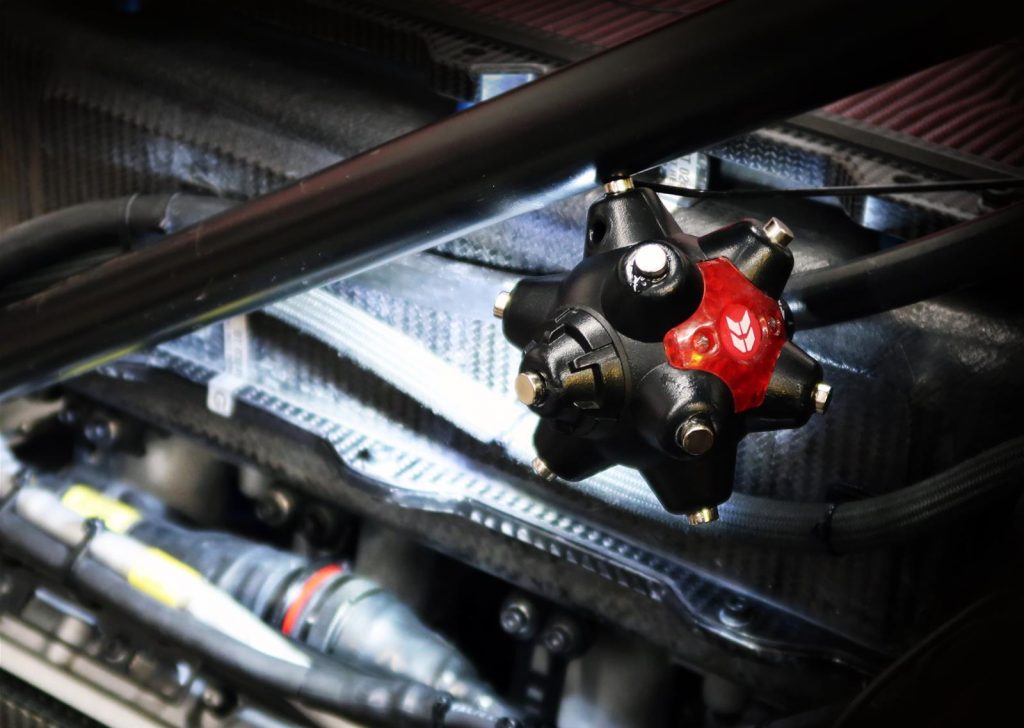
***
The key takeaway here is to understand exactly what type of overlanding you’re getting into. If it’s a simple weekend of car camping at a National Park, then serious off-road lighting may be overkill for your excursion.
But if you’re planning much trail driving, particularly at night, then supplementing your vehicle’s lighting can be a necessary safety measure to ensure your overlanding journey is a fun one.
Don’t overlook the role light plays at the campsite either—for those of us accustomed to the perpetual twilight of suburbia, it easy to forget how dark it gets out in the country.
Do you have any off-road or camping light tips to share? Drop us a line in the comments section below.

Any advice on how to find places to overland? While there are big public land areas out west, I’m not sure how to find a place nearby.
Hey David, not quite sure we’re you’re located at–but to be honest, the best method is probably researching your location online. Either A) figure out what’s nearby or b) where you want to go.
***
For example, a quick internet search on a phrase like “Best Overlanding Spots” or “Best Overlanding Spots Ohio” or even “Good Campsites Near Atlanta” might help reveal good locations in your area.
***
“Field and Stream” has a real good interview on the topic. CHECK IT OUT HERE.
[…] While it’s easy to love the idea of overlanding through a pristine landscape, off-roading is tough. And having the right overlanding, off-road, and car camping gear is vital. So we’ve […] Read full article at http://www.onallcylinders.com […]